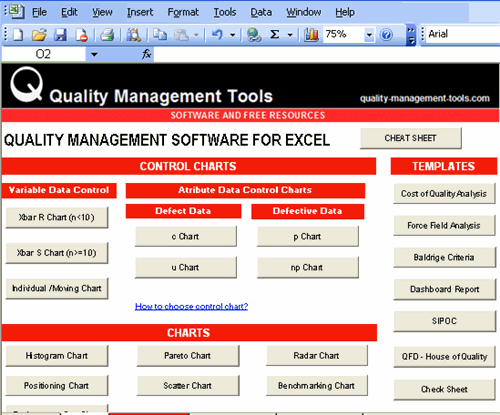The primary objective of understanding the cost of quality is to enhance performance by consistently reducing poor quality in every dimension of business operations. Establishing a comprehensive approach towards quality management is vital for organizations aiming to achieve customer satisfaction and loyalty.
One key challenge faced by quality professionals is the oversight of hidden, indirect, and opportunity costs, which can lead to inaccurate assessments of quality initiatives. By failing to account for these costs, businesses risk misrepresenting their overall quality performance and potential gains.

Management must recognize and calculate quality costs associated with both poor and high-quality outcomes. Juran introduced the concept of the cost of poor quality, which includes more than just direct losses. It encompasses all quality-related investments and lost opportunities, be they direct or indirect.
Understanding Quality Costs
Quality costs are categorized into four main groups:
1. Internal Failure Costs
- Costs incurred due to defects discovered before products or services are delivered to customers.
- Examples include:
- Testing and inspection
- Quality control processes
- Materials inspection
- Rework of defective products
2. External Failure Costs
- Costs arising from defects found after delivery, leading to customer dissatisfaction.
- Examples include:
- Customer complaint handling
- Increased service costs
- Product returns and warranties
- Damage to company reputation
- Recalls and repair handling costs
3. Appraisal Costs
- Costs related to evaluating and auditing products and processes to ensure quality.
- Examples include:
- Testing and assessments
- Audits and evaluations
- Calibration and vendor control
4. Prevention Costs
- Investments made to prevent defects and enhance quality.
- Examples include:
- Quality training programs
- Development of quality improvement teams
- Process improvements and strategic planning
- Standardization initiatives
Improving Quality Management
By adjusting how costs are distributed among these categories, businesses can enhance their bottom line without drastically changing their total budget. Identifying and managing total quality costs leads to both improved overall quality and decreased quality-related expenditures.
Tool for Assessing Quality Costs
Utilize the following simple checklist to analyze your organization’s quality costs:
| Category | Examples | Actions to Take |
|---|---|---|
| Internal Failure Costs | Rework, Inspection Costs | Implement better process controls, train staff. |
| External Failure Costs | Warranty Claims, Customer Complaints | Improve customer service response, conduct surveys. |
| Appraisal Costs | Testing, Process Audits | Schedule regular audits, hire quality experts. |
| Prevention Costs | Training, Quality Initiatives | Invest in employee training and development. |
Regularly using this checklist will help your organization stay on top of quality management efforts and identify potential areas for improvement.
Conclusion
Understanding and managing the four categories of quality costs is crucial for any business aiming to improve customer satisfaction and operational efficiency. By focusing on internal processes and prevention rather than merely reacting to failure, organizations can save time and resources while enhancing their service and product quality.
For additional guidance on optimizing your business strategies, check out our Small Business Growth Strategy Pack.






























